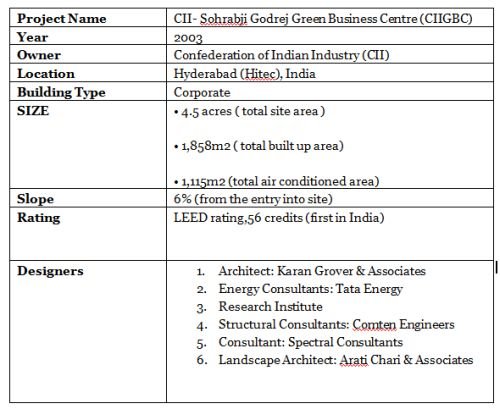Sustainability and Design | Energy Efficient design techniques
In one of our earlier articles, we made a questionnaire on “Energy efficient Techniques”. In this article, we will discuss the answers to each of those questions.
Energy Efficiency Questionnaire
Achieving Energy Efficiency through Urban Planning

What is Energy Efficiency? Define Energy Efficient Architecture.
Energy Efficiency implies on using less energy to required for various products and services without compromising on the need of the usage.
“Energy efficiency” and “energy conservation” are not similar.
Let us study with the help of examples:
Examples of Energy Efficiency
When the walls and roofs are insulated, the use of air conditioners and heating systems is reduced while still keeping the indoor environment comfortable.
When a refrigerator or washing machine is replaced by the same appliance that require lesser amount of energy to carry out the same function is called “energy efficiency”.
Examples of Energy Conservation
When a tube light is switched off during day time, it can be termed as energy conservation.
For what purpose is the significant amount of energy used in homes?
Energy is mainly used for cooling and heating purposes. Air conditioners and heating systems require extensive amount of energy for its functioning.
Hence, designers must design the house in such a way that the use of air conditioners and heating systems can be minimized without compromising on the comfort.
What is to be done in order to avoid the extensive use of air conditioners for cooling?
The orientation of the house/any building should be taken into consideration. Climatological aspects of the place have to be studied before designing the structure.


